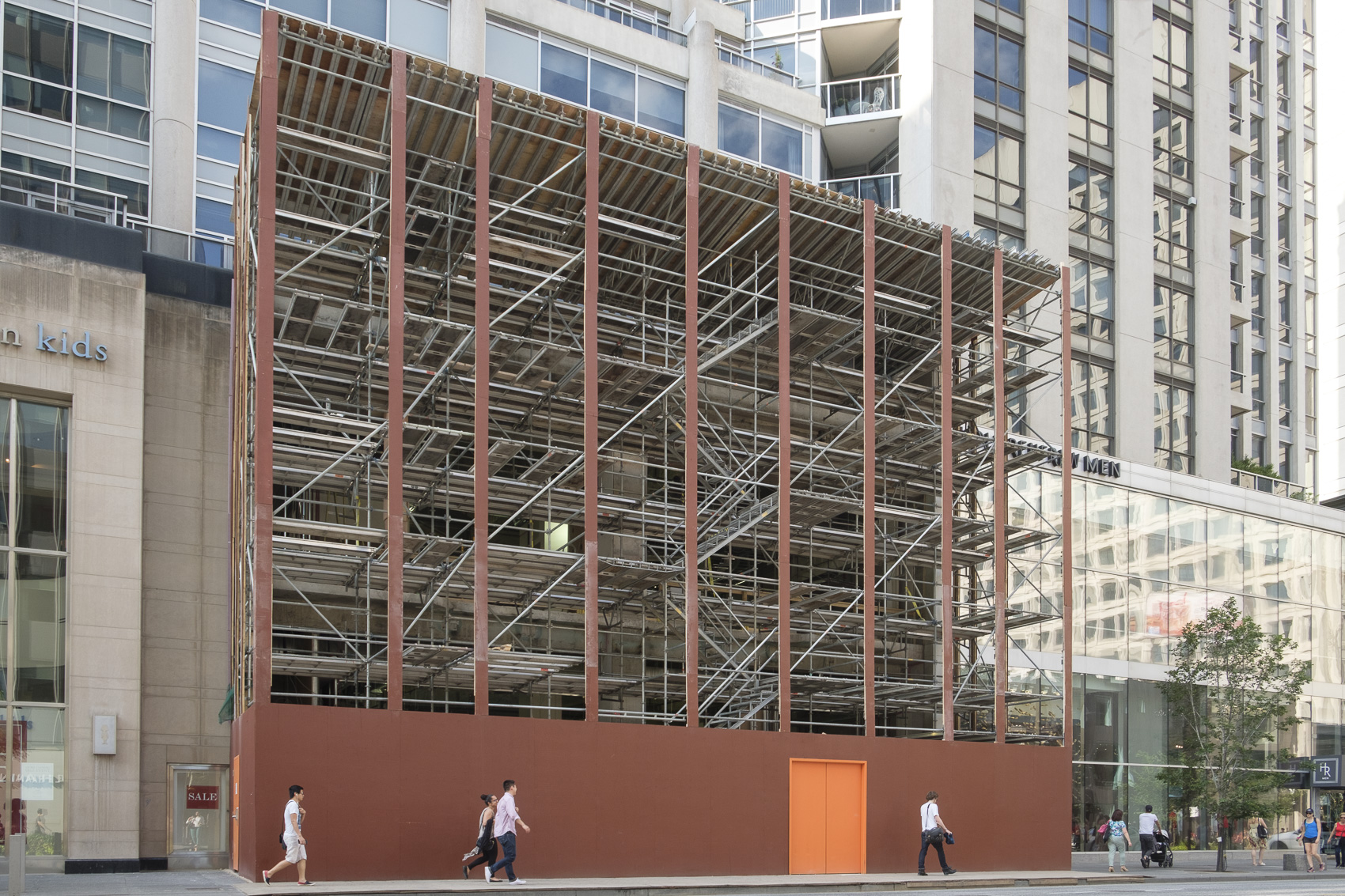Fujifilm X-T20
Intro
The Fujifilm X-T20 was released in February of this year. Over the past 3 weeks I was able to spend some time with it. Fujifilm Canada was kind enough to also send a 23mm F2 WR lens along with it for me test out. I will say that I did not test every single feature of this camera. I used it like I use any of my other cameras. That is only for still images and often in aperture priority or full manual modes. I shoot raw + jpeg purely so I can transfer files to my phone to post on the go if I want but that’s all I ever use the jpegs for. I tested the touch screen but didn’t use it much, we’ll get to that. Onward we go.
What’s New ?
So what is new with the X-T20 versus the X-T10 it now replaces, well kind of a lot. I’ll just a few of the new features mostly will appreciate.
- Improved grip making holding the camera with one hand a lot easier
- New X-Trans III CMOS 24 megapixel sensor
- Greatly improved autofocus
- Touch screen
- Expanded native ISO range
Autofocus and Image Quality
The Fujifilm X-T20 uses the new X-Trans III 24 megapixel sensor. As a result in gets the same autofocus and images quality of both the X-T2 and X-Pro 2. With this new body we’ve have gone from 77 to 325 autofocus points, almost half of which are phase detect. This has improved the autofocus speed quite a bit. This of course will be a bit lens dependent as it always is. My normal set of lenses all seemed to focus just as quickly on the X-T20 as my own X-T2 in good light. My understanding is the focus speed on these two cameras should be the same. As always I had a few misfires but these were in street scenes where this happens from time to time when an AF point just happens to land in the wrong spot. There are many different autofocus modes depending on the type of content you’re shooting. I most often shoot in single spot or manual modes though for my work.
Image quality is greatly improved over the previous generation of sensor. There will always be arguments over how many megapixels you really need. For my the additional resolution is nice. I’ve started to make prints more often and I often do some perspective correction on images which also means some cropping. If you only ever show your work online this might not be a reason to upgrade for you though.
Build Quality
This might not be a flagship camera but it’s not exactly what would be call budget either. The built quality is where I expect it to be for the price. You get a magnesium alloy body and nicely textured grip all around. All the dials feel really solid and don’t often get knocked or switched accidentally. The d-pad on the back of the camera has a good solid feel to it well. Over the years Fuji has really improved the feel of these button and they are great now.
What you’re not getting in this camera is weather sealing, which is a disappointment.
Handling
The Fujifilm X-T20 has a few handling ups and downs. I'll go over the positives first as I think they outweigh the negatives. The biggest handling feature is the fact that there is now an actuated touch screen. The touch screen here is basicly the same as we saw on the X70. There is tap to focus, tap to just move the focus point or tap to shoot. If you are someone who is moving to this camera as an upgrade from just shooting on your phone I can see these features being really appealing. After trying them out for a bit I personally left the touch feature turned off. I found the touch screen more useful when review images though. You can pinch to zoom or double tap to zoom to 100% and you can scroll through images. I found all of this to work well and with reasonable speed. Disappointingly you still can not use the touch screen on any of the menus.
Other more minor improvements include a much better grip just making the camera much more comfortable to hold. As I said previously all the buttons and dials have a good solid feel to them as well, though they are not locking like on the X-T2.
A major missing feature compared to the flagship cameras is the lack of the focus lever. I missed having it right way. Weather you will missing having this feature will really depend on your shooting style. If you often use the touch screen then I can see now missing the focus lever. Obviously you can use the d-pad on the back of the camera to move the focus points around when using the screen or viewfinder. The buttons on the d-pad have a really good feel so it works fine. I’m not sure if this is a cost thing or a way for Fuji to create some separation between this more consumer level camera and the flagship bodies. In speaking with a friend friend since using this camera I think the focus lever is something you will only miss if you’ve gotten us to using one previously.
Oddly I don’t like the battery door the doesn’t automatically lock when you close it, but that’s me being picky.
Viewfinder
The viewfinder is basically the same here as in the previous X-T10 and now the new X-E3. The EVF is another case of something seeming weak only in comparison to the X-T2. The viewfinder works very well in most conditions, though I wish for a better eye cup around it. It has a maximum refresh rate of 54 fps which is fine in most situations. I don’t think anyone is going to be disappointed with the viewfinder. It’s still bright and clear and all the information displayed is customizable.
Everything Else
The Fuji XT-20 is currently prices at $1200 Canadian which seems like a lot until you consider that it’s about $900 less than a X-T2. Having both on hand and going back and forth between them for a few weeks has been interesting. I will admit to not using some of the features that make the X-T2 as expensive as it is, like a the optional battery grip or more extensive 4k video options. I went for the higher end camera for the focus lever, better EVF, dual SD card slots and a few additional physical controls. Are those things alone worth spending that much more? For most people probably not, but only you and your budget can decide that really.
So as always I start to think who would I suggest buy this camera. If you’re thinking of moving from a Dslr to a mirrorless system and the X-T2 isn’t in your budget then this camera is for you. I think it would almost make a great camera for someone looking to get into photography more seriously than shooting with a phone or point and shoot. All of the automatic features are there but you can take of with full manual controls that are easy to use when you’re ready.







